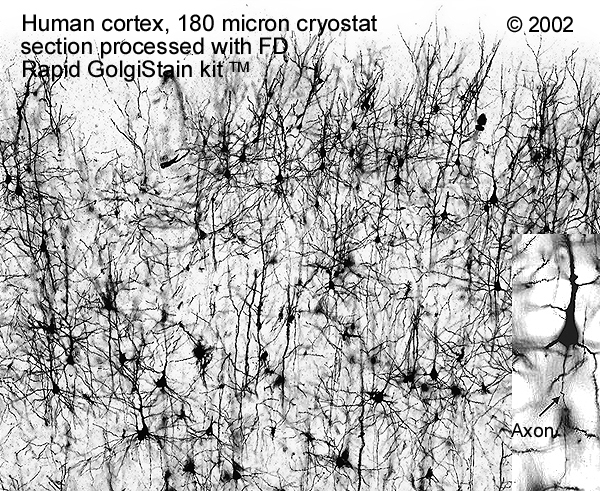Obviously memories are stored in the brain. What I was wondering is are they stored in a bit of brain tissue, chemicals, or electric impulses?
my uncle struggles with vascular dementia.
What I have picked up is that secular people understand that we have two basic sorts of memory > short-term and long-term. It is like how a computer can have actively processing information, and a computer can have stored memory. The active memory for what the computer is doing is electrical and functional. But the stored memory is in a physical state, but can be activated.
You are asking how is stored memory activated, in the brain? My opinion is, for us Christians, we can trust the Holy Spirit to bring to remembrance what God wants to get our attention. I do understand and trust that memory has a spiritual level of function and control, though the brain can be then included in the activity. So, first, I consider, we do well to trust God to manage how we remember and what we remember

In personal and prayerful relating with God, we can have the best memory activity. Also . . . in relating with people, our memories can do best while we are relating in love . . . since, I understand, this can have us sharing with the Holy Spirit who will maintain and bring the best memory activity. So, in relating with a demented person, be as gentle and humble and kind in Jesus as we can, so this ministers the best result.
Practically > people with dementia can have memories from long in the past, because they are stored and can be brought up; I was told that long-term memories are stored as protein . . . and therefore they are structural so they won't just go away; and so a demented person can surprise you with things you don't remember . . . but from the past, not in the active moment.
But a main problem for dementia people is the functional memory . . . the short-term which is neuro-electrical . . . at the physical and brain level. When any of us is waking up, we still can be mixed up so we do not have our memories working, for the moment. Yet, we can keep track of long-term stuff. But short-term can be confused, i.e., which day it is, what time it is.
I am told that frustration and arguing can cause trouble by competing with active memory of the moment . . . the short-term memory. Because the short-term is electrical and active, and frustration and arguing can compete for the electrical function and help to short-circuit the memory process. But if you were to argue with a long-term memory or interrupt someone's telling of a long memory, you might keep the person from remembering in the moment what he or she is talking about, but the person still can draw back up that memory, later

I have seen, I think, how a partly demented person can be especially mixed up, right when the person first wakes up from a night's sleep or a nap. So, if I start interacting with the person, right away, about which day it is and if he has taken his pills . . . we can go on and on struggling and arguing. But if I just be quiet and wait while he gets oriented and comes to his social senses, then it can be much easier to talk reality with him. This could be because I have humbly and gently related with him so he has loving support for his memory and relating to work right.
Again, I have been told that frustration and arguing can be very destructive to a demented person's memory function. These things have spiritual roots. So, be prayerful, mainly, I would say




